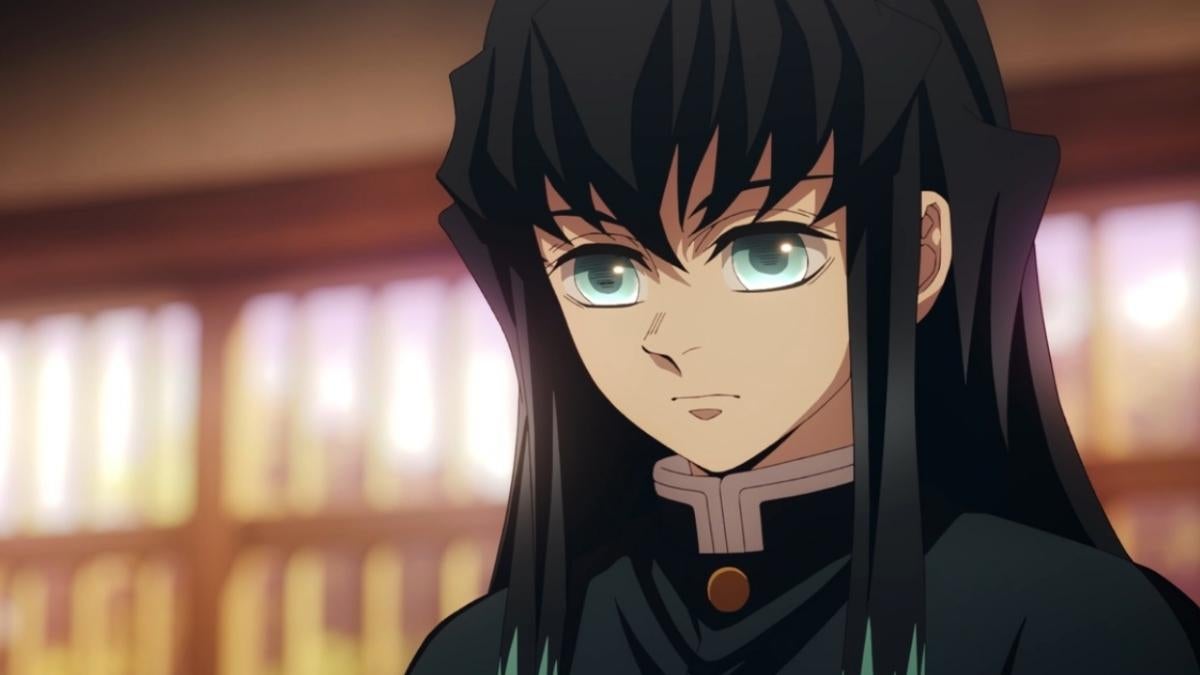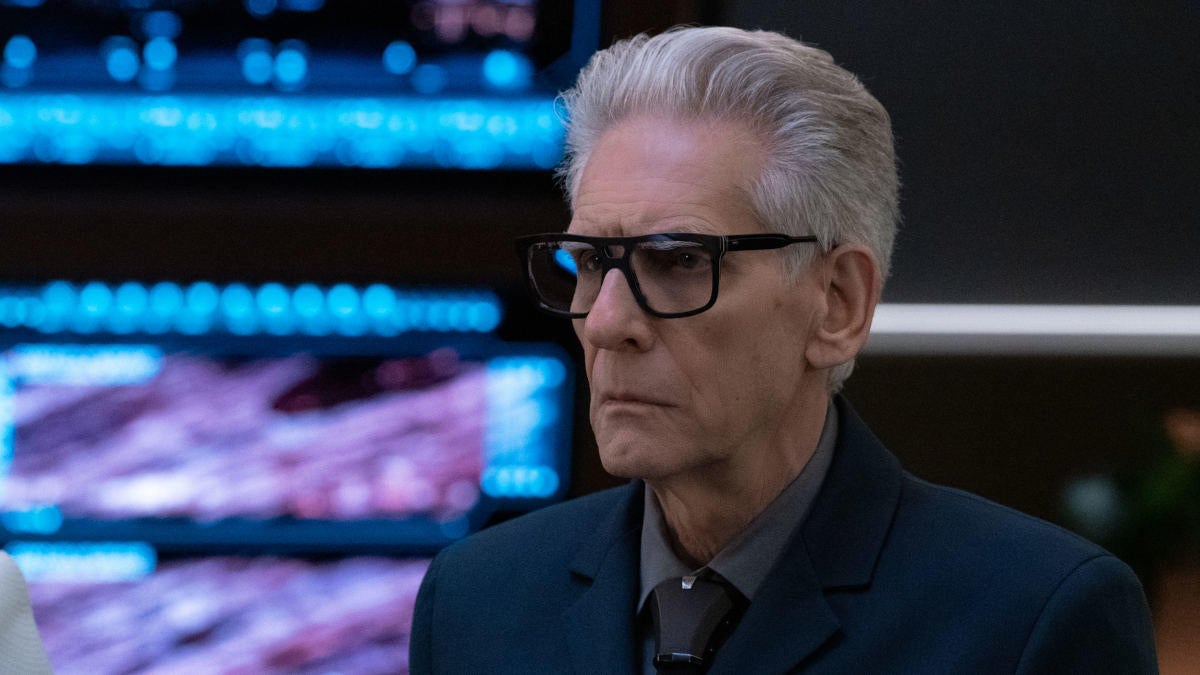John Constantine, Hellblazer: Dead in America #5 Review: The Road Trip from Hell
The newest iteration of Hellblazer continues to honor the series' best traditions in a modern context.
John Constantine and his red double-decker bus of misfit toys draws closer to California as John Constantine, Hellblazer: Dead in America reaches its midway point. The series so far has relied on a slow burn exploration of American mythology as it builds to a confrontation with three entities warping that cultural landscape: Liberty, Luxury, and Law. This isn't a superhero comic book, though, and not everything is built around a singular, climactic battle. Instead, it plays in the mode of classic Hellblazer with small stories revealing the character of both its titular anti-hero and the landscape he inhabits – filling any larger narratives with meaning. Dead in America #5 is an outstanding example of that style, featuring three brief tales spread across the American southwest from four artists who capture the rich, gritty textures of Vertigo Comics' legacy in outstanding fashion.
The anthology of misadventures in issue #5 are framed by Dead in America's core creative team as writer Simon Spurrier and artist Aaron Campbell showcase the bus's desert crossing accompanied by the narration of those three entities watching them. It serves to remind readers why even these brief, interstitial encounters are meaningful to the series' themes and arc. Spurrier and Campbell's insightful understanding of Hellblazer as a series has been evident for years, but the inclusion of other collaborators in issue #5 makes clear how rich and varied that concept remains.
The first installment, "Shí Naashá," focuses on a fellow traveler who reflects centuries of genocide and terror across the American landscape back to the three strangers on John's bus. Like all of the stories in this issue, "Shí Naashá" reflects a skillful development of narrative across fewer than 10 pages in the best tradition of "Future Shocks." The old man's provides an immediate tragedy and perspective that reflects a much grander scale. In his words and observations, readers observe the generational loss of culture and the trauma borne by survivors. Kelsey Ramsay's depiction of the southwest reflects the people of this story, weather-worn but unbent. It's a weighty consideration of what place America's indigenous people play in the stories the United States tells itself that frames the coming conflicts.
Aaron Campbell steps into the role of writer in "One-Way Ticket" with artist John Pearson. This story reinforces the consideration of those neglected by the American dream as it tells a ghost story set amongst homeless encampments in Arizona. Pearson's line work contrasts the heavy lines and inks found in much of the series but reflects the unforgiving Arizona sun in this dark tale defined by unrelenting light. While this ghost story possesses a twist, it's Campbell's work defining both its leading man and the conditions surrounding him that make it so effectively haunting. Reader sympathy is evoked by considering core human needs rather than engaging in any melodrama and rage is evoked just as well in observation of mundane cruelty and neglect.
The final installment presents one of the greatest idiosyncratic artists to ever grace the pages of DC Comics as John McCrea depicts a story of cryptozoologists and Chupacabras. McCrea presents the inherent silliness of these pseudo-scientists in funny fashion with a detail-laden convention and memorable character designs. But he proves just as capable of depicting the gory darkness behind the goat-sucking myth and blurring the line between reality and nightmare in the shadows. No reader would characterize Hellblazer as a light-hearted series, but issue #5 certainly concludes with a sense of humor.
Even as John Constantine, Hellblazer: Dead in America has been extended (now to issue #11!), there's been a desire to see more. Spurrier and Campbell have presented an insightful perspective on modern myth-making in the United States examining the many horrors of empire. In Dead in America #5 they carve out space to clarify just how rich their conceit is – delivering three outstanding short stories from a collection of artists whose different interpretations of the southwest all resonate with readers who know the environment. Their empathy for the Americans squeezed out of the dream is apparent in each tale. Even if Dead in America is halfway over, Spurrier and Campbell are ensuring every page of their story will haunt readers long after it's over.
Published by DC Comics
On May 21, 2024
Written by Simon Spurrier and Aaron Campbell
Art by Aaron Campbell, Kelsey Ramsay, John Pearson, and John McCrea
Colors by Jordie Bellaire, Francesco Segala, John Pearson, and Mike Spicer
Letters by Aditya Bidikar and Steve Wands
Cover by Aaron Campbell




